Have you ever been to dinner with a wine-sniffer? You know, those people with a refined palate for wine who takes one whiff of their wine and announces that they can smell “crushed berries, red licorice, and just a hint of hazelnuts?” Well recently, I’ve gotten into dark chocolate, and the chocolate industry behind it. Unfortunately, I’ve become one of those pretentious chocolate-lovers who tries a square of dark chocolate, savors the flavor, and searching for hints of flavor in my dessert – do I taste the hints of raspberries, the light fragrance of lilac blossoms, or the distinctly nutty flavor of almonds?
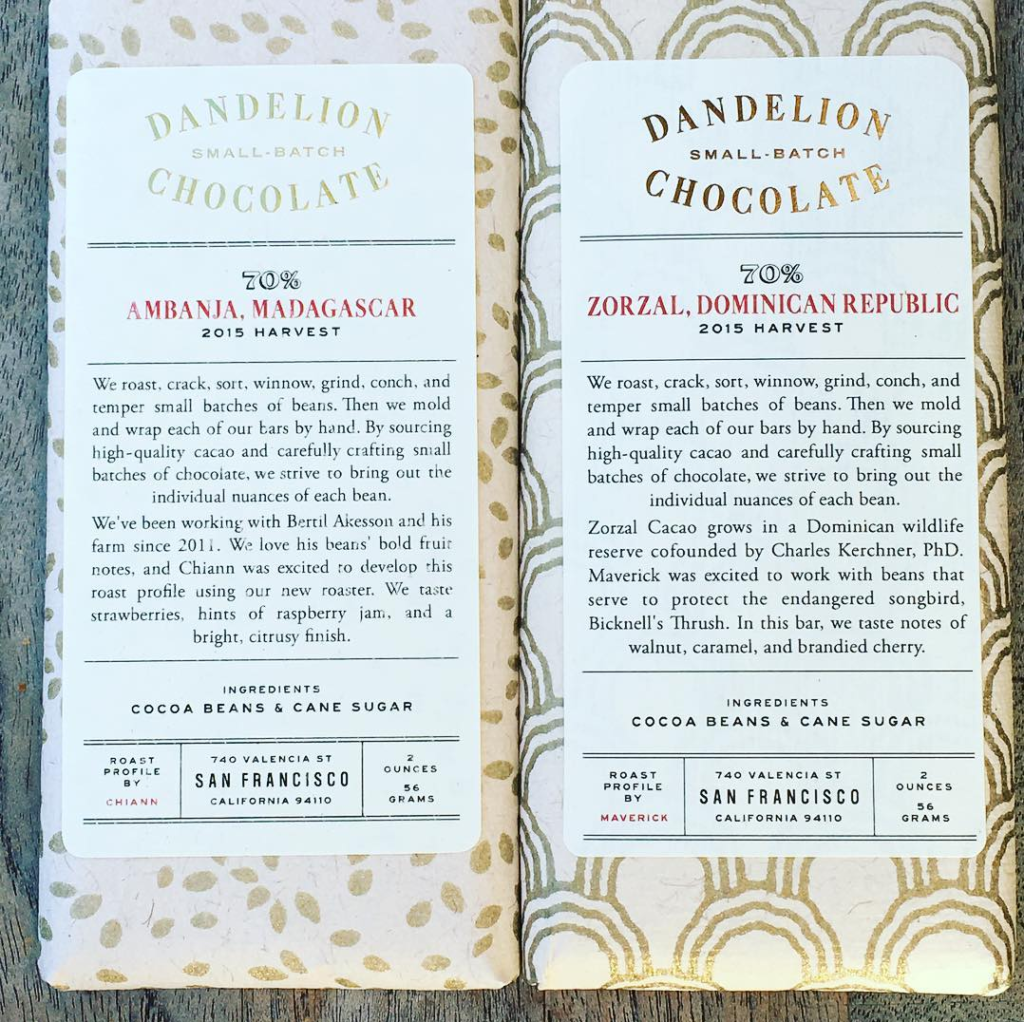
Image courtesy of @godmarks from Instagram
I am the type of person who gets really obsessed with things. I’m not talking about games like Pokemon-Go or anything like that. But once I find something that I am passionate about, I do an immense amount of background research and reading on that topic. And single origin dark chocolate and the cocoa industry was no exception.
What I researched was simultaneously stimulating, exciting and horrifying. The birth of a new cocoa industry (“bean-to-bar”) and the terrible conditions of many laborers in the chocolate industry suddenly made me feel conflicted about buying M&M’s or a Hershey’s bar.
What is single origin chocolate? What is bean-to-bar?
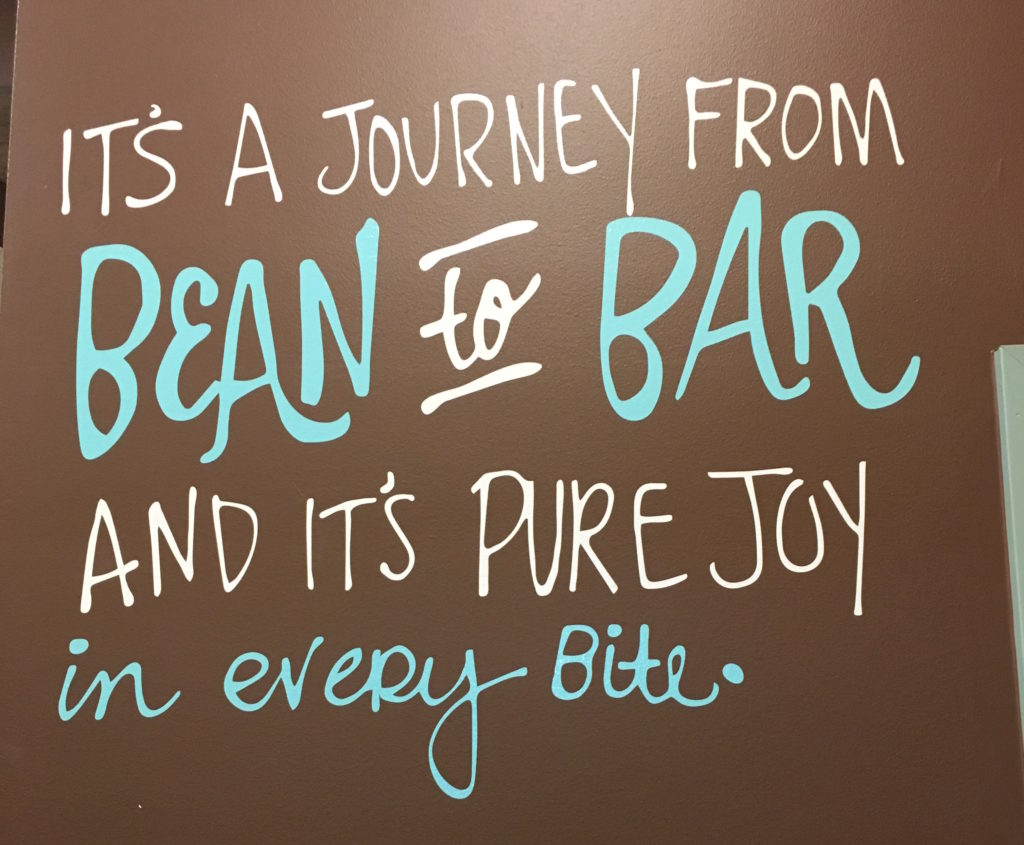
Photo by Sayuri Sekimitsu
Companies like Theo, Dandelion Chocolate, Manoa Chocolate are chocolate companies that are beginning to change the cocoa industry as we know it. They specialize in special bars of dark chocolate that are made from “bean-to-bar.” To better understand this concept, think about a glass of wine. When you look at the bottle of wine, it usually says the year it was made and where it was made and sourced from. I’ve never seen a wine bottle that just says “made with grapes.” Unfortunately, for much of the chocolate industry, that is indeed the case. Large chocolate corporations like Hershey’s, source chocolate beans from all over the world which is the equivalent of just grabbing grapes from all over the world and putting into a bottle of wine.
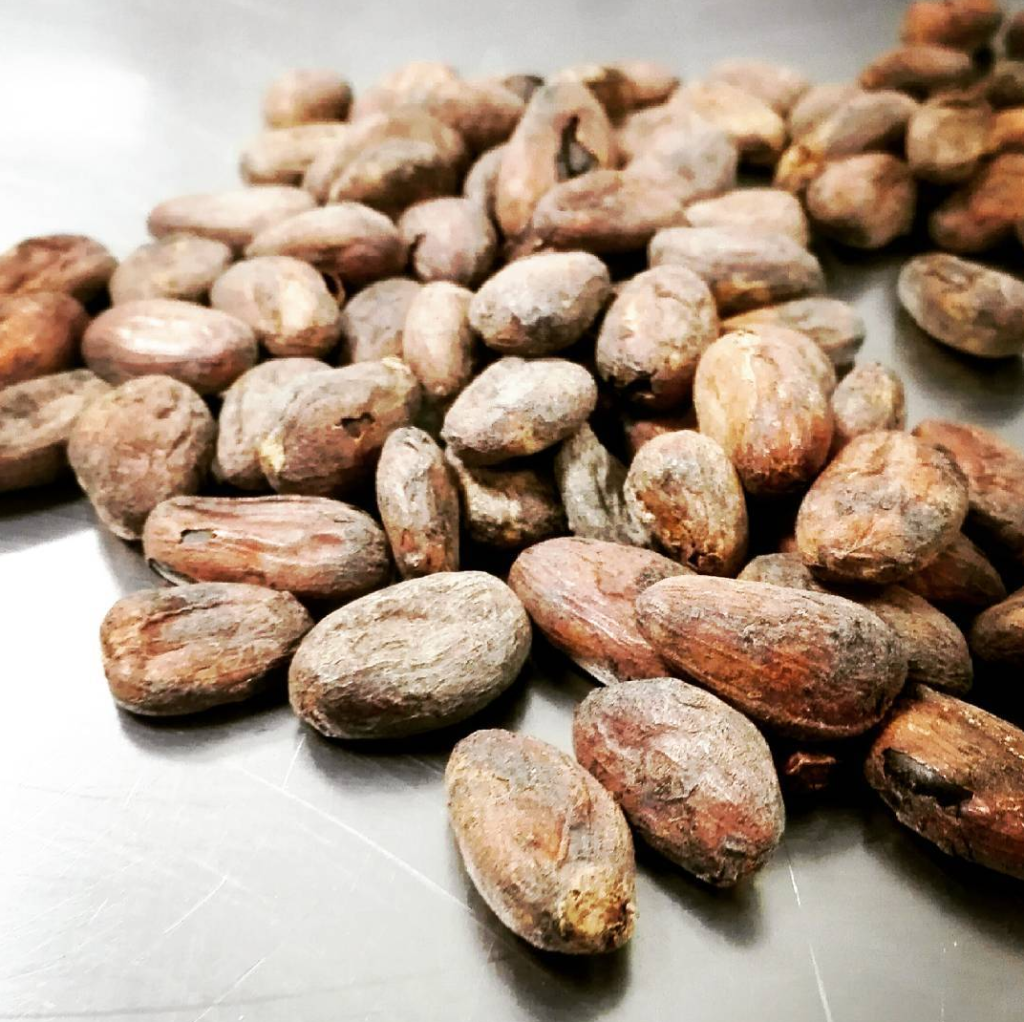
Image courtesy of @puradelizia_cioccolato from Instagram
In doing so, we lose the natural aromas and intricate tastes of the soil that the chocolate bean was grown in. Thus, these niche bean-to-bar companies are trying to bring back the integrity of chocolate. Every cocoa pod has a distinct flavor depending on the environment it was grown in. Generally, every region of the world has a distinct taste profile. According to Chocolopolis, here is a rough guide to each region’s taste profile:
- Ecuador: flowery and fruity
- Madagascar: intense red fruit and cherry notes
- Southeast Asia: smoky and earthy flavors
- Africa: deep cocoa and chocolate notes (large diversity of flavors)
- Venezuela: large diversity of flavors
- Central/South America: large diversity of flavors
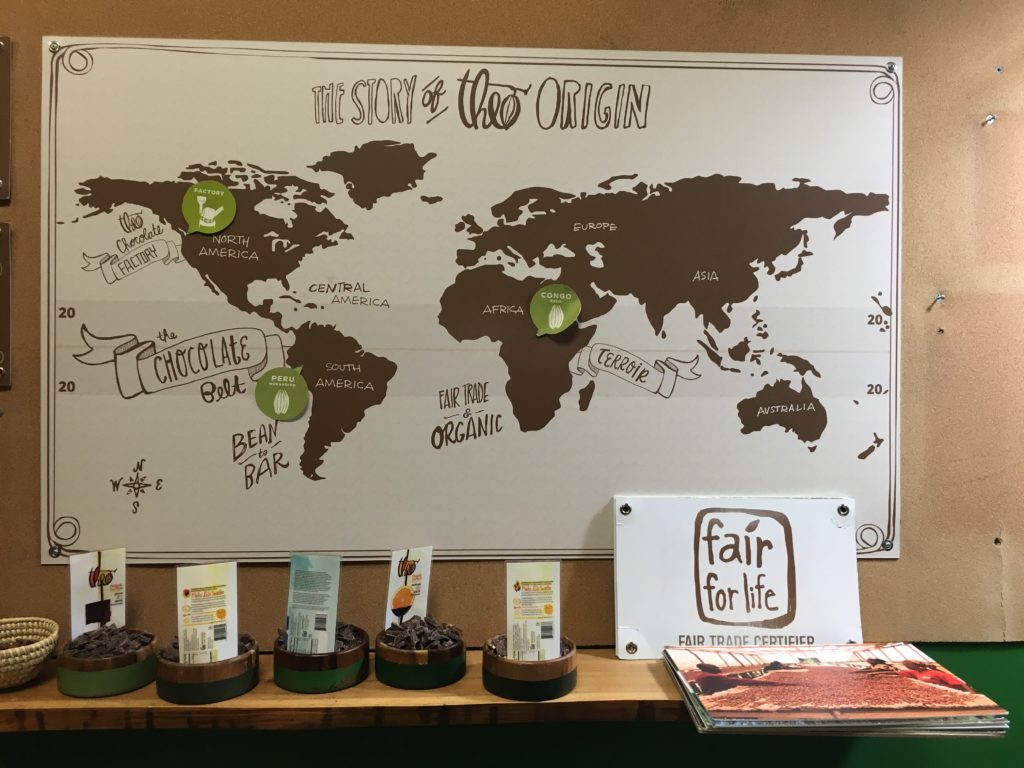
Photo by Sayuri Sekimitsu
As you can see, every region has a distinct flavor profile yet this profile is often destroyed when we mass-produce chocolate. Instead of respecting each bean’s story, many large corporations just throw beans from different countries together thus losing the delicate balance of flavors.
So, what is the darker side of chocolate?
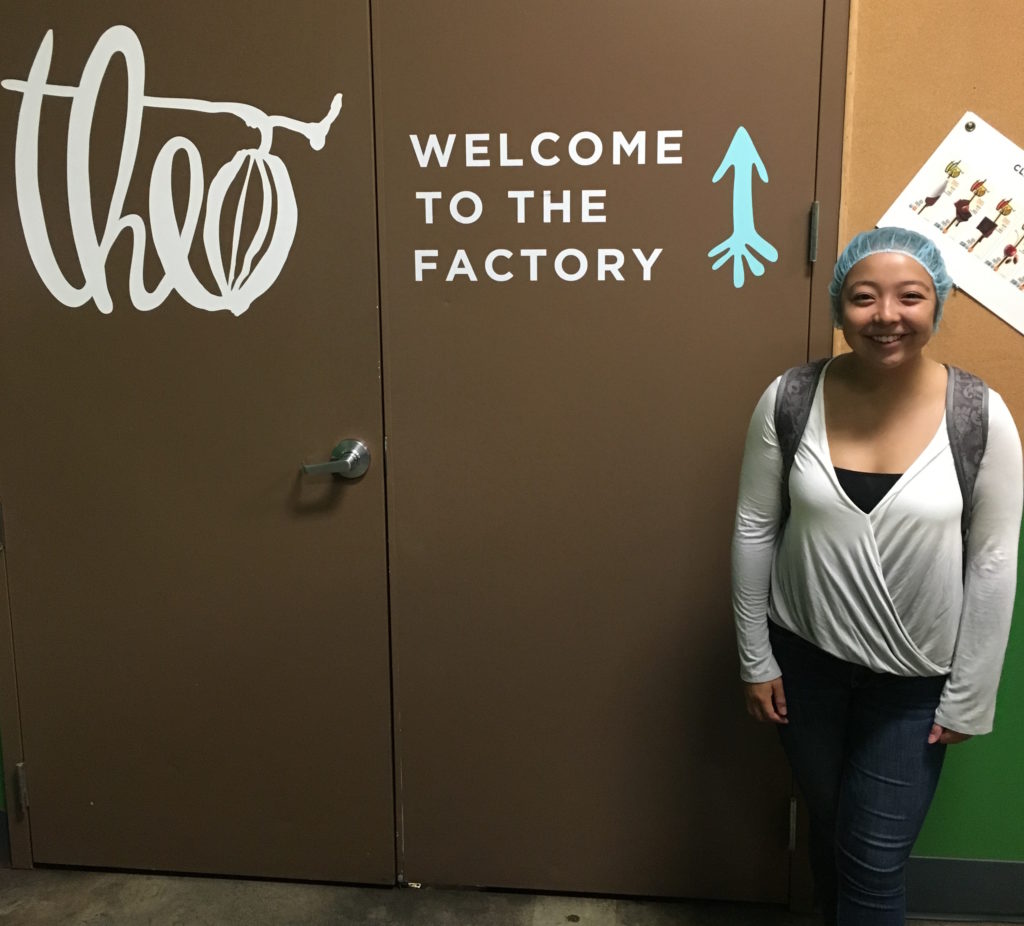
Photo by Sayuri Sekimitsu
As I was doing my research (aka reading articles online and sampling a lot of dark chocolate), I also had the opportunity to attend a Theo Chocolate factory tour. Theo Chocolate is a bean-to-bar chocolate company in Seattle who has devoted itself to making high quality chocolate from single sources. Most importantly, they are also Fair Trade Certified, meaning that at every step of the production of a Theo bar, labor is fair and well-treated.
This realization that chocolate-makers needed a certification for Fair Trade opened up a Pandora’s box of information for me. Though I had seen “Fair Trade Certified” signs at supermarkets before, this was the first I had ever truly grasped the understanding. And through further investigation, I discovered the truly dark side behind most chocolate bars that we consume.
The cocoa industry in Western Africa, particularly, is extremely profitable because many of the cocoa farms rely on child labor. Because the process of making chocolate from cocoa is extremely intensive (requiring laborers to clear forests, cut cocoa pods off the cocoa trees, spray insecticide, and more), the easiest ways for cocoa farms to profit is to hire cheap labor. And unfortunately, children pay the price of their greed. Some children work for less than $2/day and that’s if they are lucky. Many children are abducted from their homes and trafficked into cocoa farms as cocoa slaves, never seeing their family again. They are brought into farms to yield machetes, be exposed to heavy toxins, and they never even try a bite of the chocolate that we so happily consume (Source: Food Is Power).
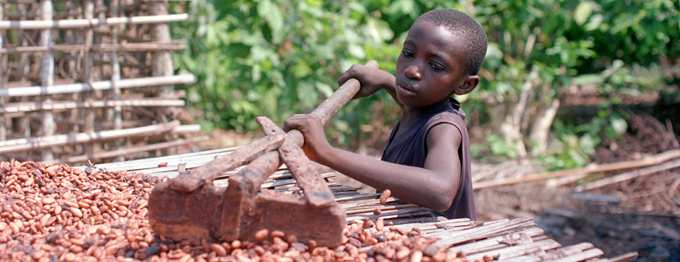
Image courtesy of foodispower.org
One former cocoa slave, Aly Diabate, said about the numerous beatings that she received, ““The beatings were a part of my life. Anytime they loaded you with bags (of cocoa beans) and you fell while carrying them, nobody helped you. Instead they beat you and beat you until you picked it up again.”
This isn’t true of just West Africa – all throughout the Chocolate Belt (the portion of the world near the equator that is capable of growing cocoa pods), the cocoa industry is corrupt. Rather than paying their workers fairly, laborers are being taken advantage of for a greater profit by the landowners. This sort of work is simply not just.
So, what can I do?
This article was certainly not written to shame you from ever eating chocolate again. But as in any capitalist-based society, we (the buyers) have the possibility to make change. Now that you know this darker side of chocolate, educate yourself further. Your shopping dollars can make the world of a difference – instead of reaching for the common bar of Hershey’s, try to buy single-origin fair trade certified chocolate. Not only is the quality of your chocolate better, the path through which it got into your hand is a much more equitable process. Although large companies have pledged to become fair-trade by 2020, there is still a long road ahead of us. But we do have the purchasing power to make the difference.
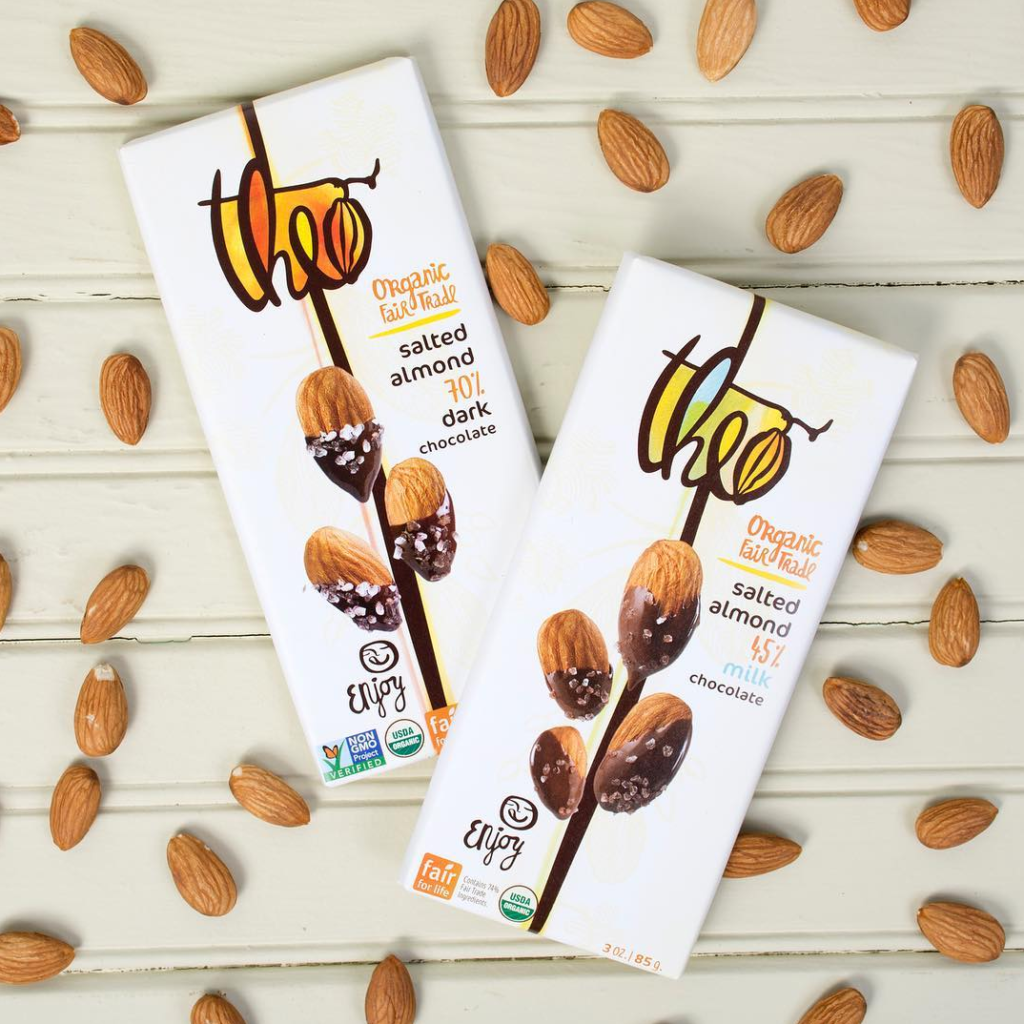
Image courtesy of @theochocolate from Instagram
If you want to know more about fair-trade certification and the horrors of the chocolate industry, I would highly recommend watching “The Dark Side of Chocolate” – a documentary about child trafficking and labor in the cocoa farms of the Ivory Coast.
Educate yourself. You have the power to make the difference. With something as ubiquitous as chocolate in our daily lives, we can demand change simply by making better choices ourselves.


